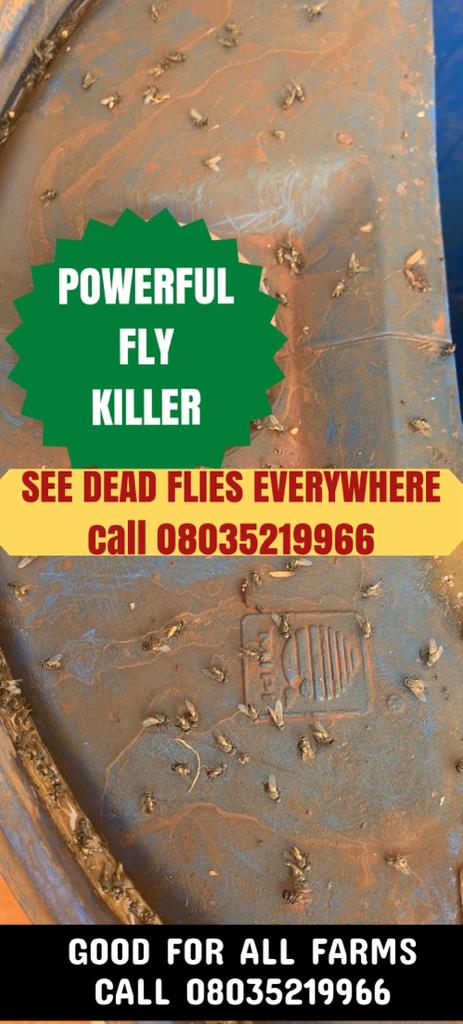15 Biosecurity checking points in pig production
1. **Controlled Access and Perimeter Security:** Implement controlled access points and secure perimeter fencing to restrict entry and minimize the risk of unauthorized individuals introducing diseases to the pig farm.
 Learn More
Learn More2. **Visitor Log and Biosecurity Screening:** Maintain a visitor log and conduct biosecurity screenings for individuals entering the pig farm, including a questionnaire about recent contact with other swine or potential disease sources.
3. **Foot and Wheel Disinfection Stations:** Set up foot and wheel disinfection stations at entry points to prevent the spread of pathogens through footwear and vehicle wheels, reducing the risk of contamination.
4. **Biosecurity Signage:** Clearly display biosecurity guidelines and protocols at various locations within the farm to remind personnel and visitors about the importance of adhering to biosecurity measures.
5. **Quarantine Facilities:** Establish designated quarantine facilities for newly acquired pigs, allowing for observation and testing before introducing them to the main herd to prevent the spread of potential diseases.
6. **Rodent and Pest Control:** Implement effective rodent and pest control measures to minimize the risk of these animals acting as vectors for diseases within the pig farm.
READ ALSO 21 things you must tell your farm workers everyday as a pig farm owner
7. **Proper Manure Management:** Develop and adhere to proper manure management practices to prevent the spread of diseases through contaminated waste.
8. **Cleaning and Disinfection Protocols:** Establish regular cleaning and disinfection protocols for equipment, transportation vehicles, and facilities to minimize the risk of disease transmission.

9. **Isolation Facilities for Sick Animals:** Designate isolation facilities for sick pigs to prevent the spread of diseases within the herd, and establish protocols for the care and monitoring of isolated animals.
10. **Employee Training Programs:** Conduct regular training programs for farm personnel to reinforce biosecurity protocols, emphasizing the importance of hygiene and disease prevention.
11. **Vaccination Schedules:** Adhere to a strict vaccination schedule for the pig herd, following recommended guidelines to protect against common diseases.
READ ALSO 10 Sick Pig Symptoms and the Steps to Take (Two)
12. **Proper Feed and Water Management:** Ensure the quality and safety of feed and water sources, as contaminated feed or water can introduce diseases to the pig farm.
13. **Biosecurity Education for Staff:** Educate farm staff about the risks associated with contact with other pig farms or livestock, emphasizing the need to avoid potential disease transmission sources.
ATTENTION: Click “HERE” to join our WhatsApp group and receive More updates directly on your WhatsApp!
14. **Equipment and Supply Control:** Monitor and control the introduction of equipment and supplies to the farm to prevent potential contamination and the spread of diseases.
15. **Carcass Disposal Procedures:** Establish proper procedures for the disposal of pig carcasses to prevent disease spread and maintain overall biosecurity.
By diligently implementing these biosecurity checking points in pig production, you can minimize the risk of disease introduction and transmission, ensuring the health and productivity of the pig herd. Regular monitoring and adjustments to these protocols are essential for maintaining an effective biosecurity system.
🧩CREATED BY DR JOSEPH DEJI-FOLUTILE















